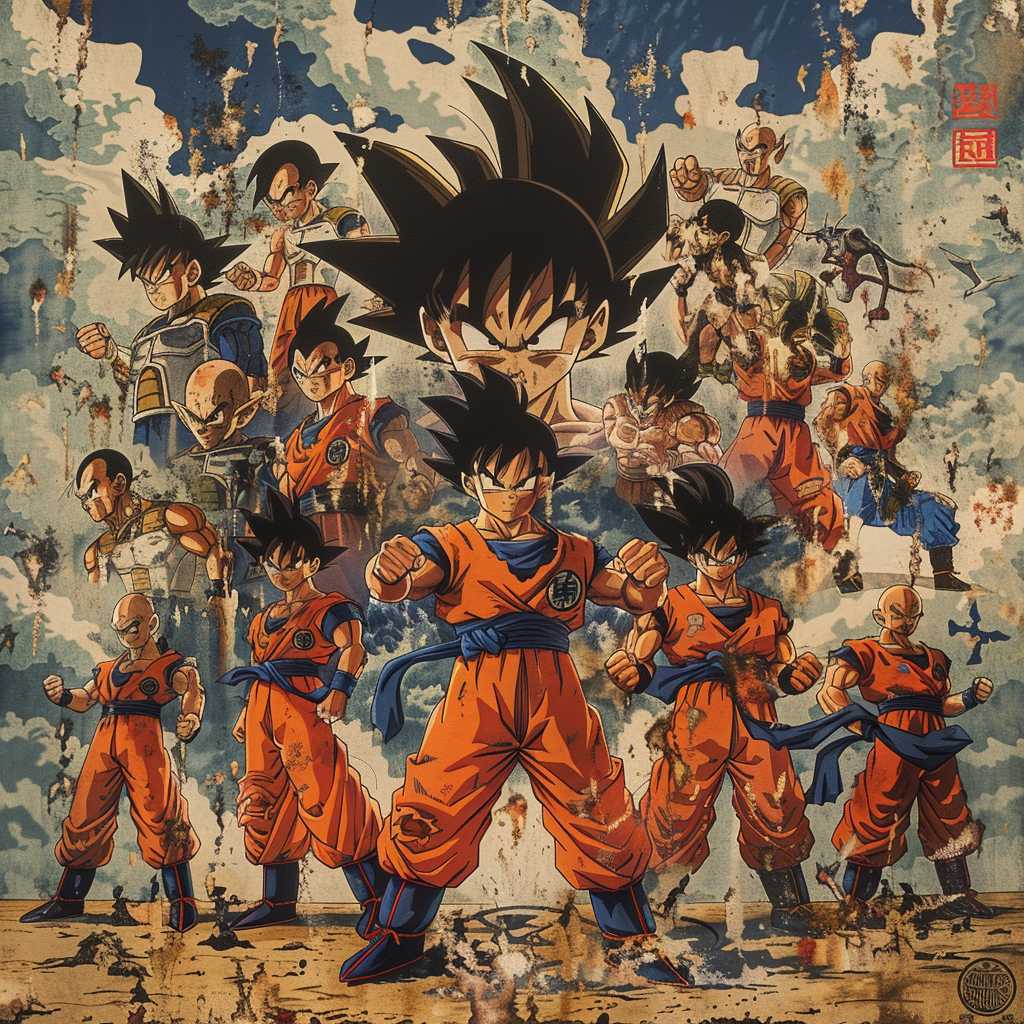### The Enduring Popularity and Influence of Dragon Ball Z
Introduction to Dragon Ball Z
Dragon Ball Z is a sequel to the Dragon Ball anime and is part of the media franchise. Created by Akira Toriyama, it was first produced by Toei Animation and broadcasted in Japan from April 1989 to January 1996. It has since become a significant part of global pop culture, with its powerful influence still felt in various forms of media and merchandise.
Overview of Dragon Ball Z’s Plot
The series continues the adventures of Goku who, along with his companions, defends the Earth against an assortment of villains ranging from intergalactic space fighters and conquerors to unnaturally powerful androids and various magical creatures. Unique in its plot trajectory is the transition of Goku from a young boy to an adult with a family, showing an overarching character progression uncommon in similar anime.
Main Characters of Dragon Ball Z
One of the driving forces behind Dragon Ball Z’s success is its vast ensemble of compelling characters. Goku remains the primary protagonist, known for his cheerful nature and boundless strength. Vegeta, who evolves from a villainous prince to an antihero to a valued ally, serves as a complex foil and contributes to one of the most dynamic relationships within the series. Other important characters include Piccolo, Gohan (Goku’s son), Krillin, and a range of other heroes and adversaries that each bring depth to the extensive universe.
The Manga Origins
Dragon Ball Z is directly adapted from the latter 325 chapters of the original serialized Dragon Ball manga which ran in Weekly Shōnen Jump from 1984 to 1995. The manga laid a solid foundation for storyline and character development which seamlessly transitioned into anime form.
Art Style and Animation
Toriyama’s distinct art style in Dragon Ball Z has become iconic. Known for its vibrant colors, dynamic action sequences, and characteristic distinctions between characters, especially when ‘powering up’ or transforming. Visuals feature heavily muscled characters with unique hair designs; for instance, the Super Saiyan transformation is symbolic and widely recognized.
Dragon Ball Z’s Impact on Anime Genres
Dragon Ball Z effectively epitomized many elements now standard in shōnen-anime, like serialized battles, power levels, and “next-level” transformations. Its clichés have become referential benchmarks within the industry, inspiring numerous works that seek to emulate its successful integration of action, drama, and humor.
Global Cultural Impact
Since its inception, Dragon Ball Z has been tremendously successful worldwide. Having been dubbed into many languages, the series reached international audiences fostering an expansive fan base across continents. The franchise spans beyond television screens into games, merchandise, films, and much more acting as a significant cultural touchpoint well into the 21st century.
Controversies and Criticisms
Despite its popularity, Dragon Ball Z has faced criticism over its pace due to extended fight scenes, episode padding, and its impact on children given the nature of its violence. The pacing issues were partially addressed with the release of Dragon Ball Z Kai, an abridged version that intends to be more true to the manga’s plot pacing.
